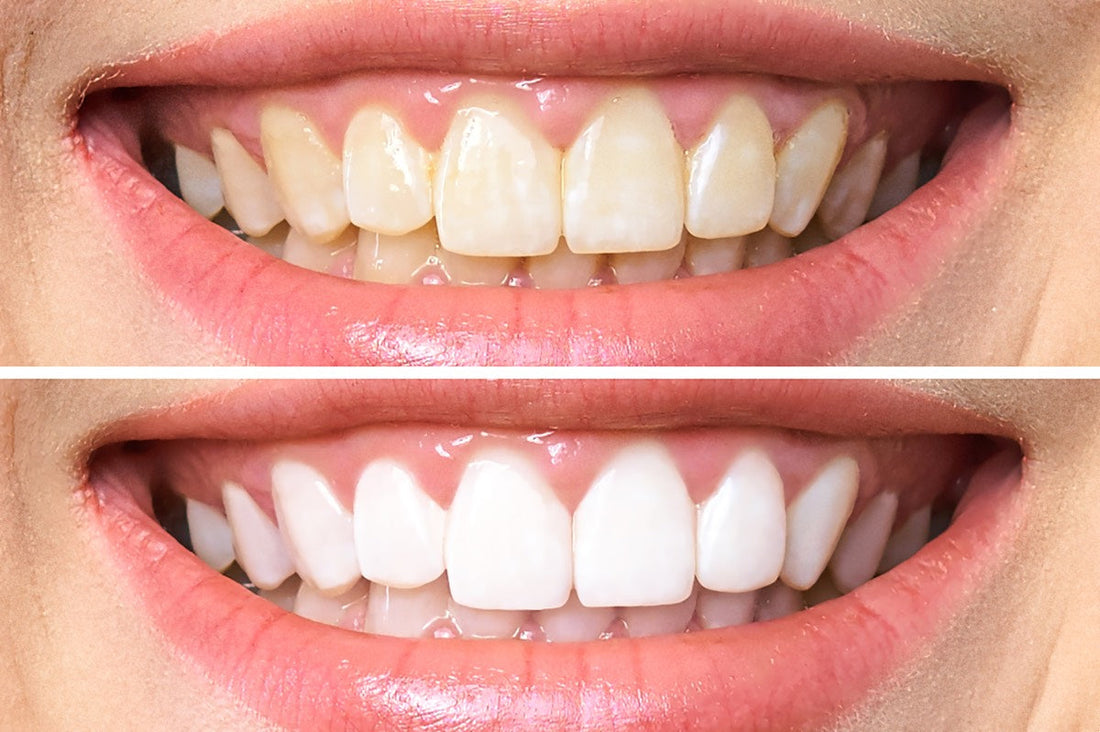
The Ultimate Guide to Teeth Whitening: Techniques, Benefits, and Best Practices
Share
Introduction
A bright, white smile is often associated with confidence, health, and beauty, making teeth whitening one of the most popular cosmetic dental procedures. As a future dental professional, understanding the science behind whitening treatments, the various available techniques, and the best practices for safe application is essential.
This guide breaks down the key aspects of teeth whitening, helping you navigate the different methods, patient considerations, and industry advancements. Whether you're preparing for exams or refining your clinical skills, this resource will support your learning journey.
Why Teeth Whitening Matters
Teeth whitening is not just about aesthetics—it plays a role in boosting self-confidence and patient satisfaction. Discoloration can stem from multiple causes, including:
✔ Dietary habits – Coffee, tea, red wine, and certain foods contribute to staining.
✔ Smoking – Tobacco use leads to yellowing and deep staining of enamel.
✔ Aging – Enamel naturally thins over time, revealing the darker dentin beneath.
✔ Medications & Medical Conditions – Certain drugs (e.g., tetracyclines) and health issues affect tooth coloration.
A thorough understanding of these causes allows dental professionals to recommend the most effective whitening solutions for each patient.
Types of Teeth Whitening Methods
There are several approaches to teeth whitening, each with unique benefits and ideal applications:
🦷 Professional In-Office Whitening – Utilizes high-concentration bleaching agents and may incorporate laser or light activation for enhanced results. This method delivers immediate, noticeable whitening in a controlled environment.
🦷 Custom At-Home Whitening Kits – Provided by dentists, these kits include personalized trays and prescription-strength bleaching gels. Although results take longer than in-office treatments, they offer a balance between effectiveness and convenience.
🦷 Over-the-Counter Whitening Products – Includes whitening toothpaste, strips, and gels. These are accessible but less effective than professional treatments due to their lower concentration of active ingredients.
Each method has its own advantages and limitations, making it crucial to assess patient needs before recommending a treatment.
Step-by-Step Guide to In-Office Whitening
A professional whitening procedure typically follows these steps:
🔹 Initial Assessment – The dentist examines the patient's teeth and gums to ensure they are healthy and suitable for whitening. Any decay or gum issues must be treated beforehand.
🔹 Protection of Soft Tissues – Barriers or gels are applied to the gums, lips, and cheeks to shield them from the bleaching agent.
🔹 Application of Whitening Gel – A hydrogen peroxide or carbamide peroxide gel is evenly applied to the teeth.
🔹 Activation Process – Some techniques incorporate a special light or laser to enhance the bleaching effects.
🔹 Monitoring and Reapplication – The dentist monitors progress, adjusting treatment as needed. Multiple applications may be performed in a single session.
🔹 Post-Treatment Care – Patients receive aftercare instructions, including dietary restrictions for the next 24–48 hours to prevent re-staining.
Understanding this process helps ensure effective treatment delivery and better patient outcomes.
Best Practices for Safe and Effective Whitening
To achieve optimal results while prioritizing patient safety, follow these key guidelines:
✅ Conduct a Full Dental Examination – Identify underlying oral health issues before proceeding with whitening.
✅ Set Realistic Expectations – Communicate with patients about achievable results based on their specific type of discoloration.
✅ Emphasize Post-Whitening Care – Educate patients on maintaining results by avoiding staining foods, drinks, and habits like smoking.
By following these best practices, you can help patients achieve long-lasting, natural-looking whitening results.
Essential Tips for Dental Students
📚 Stay Informed – Teeth whitening technology is constantly evolving. Keep up with new advancements by reading dental journals and attending workshops.
🦷 Gain Hands-On Experience – Clinical rotations provide opportunities to observe and assist in real whitening procedures. Take advantage of these moments to refine your skills.
💬 Enhance Patient Communication – Practice explaining the benefits, risks, and aftercare of whitening treatments in simple, patient-friendly language.
These strategies will prepare you for real-world patient interactions and successful clinical practice.
Final Thoughts
Teeth whitening is a powerful cosmetic procedure that enhances smiles and boosts confidence. As a dental professional, mastering the science, techniques, and patient considerations of whitening treatments is essential. By staying informed, practicing in clinical settings, and focusing on patient education, you’ll be well-equipped to provide safe and effective whitening solutions.
💡 Want to excel in your dental studies? Access in-depth study materials, including detailed guides on cosmetic dentistry, through Dental Pro Bundle (dentalprobundle.com). Our platform provides expert-curated notes to help you succeed in exams and clinical practice.